Issue 31 Blue Crab Edition - The Running Issue
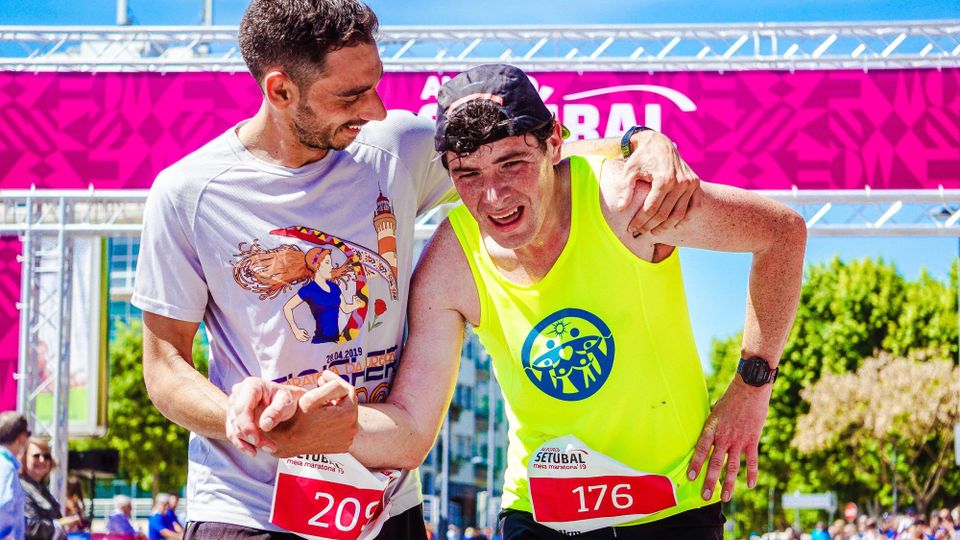
It’s the running issue! Do you outpatient PTs have a bunch of injured runners crowding your waiting rooms? I’m not surprised. Running and other types of outdoor exercise are way up, and so are running-related injuries. Good for them for doing the safe thing and getting out of the gym, but bad for them for not working their way up to shoe-pounding fitness slowly enough. Walking is a legitimate part of running and your patients need to be comfortable slowing down to prevent injury. But, obviously, by the time they see you it’s probably too late.
That’s okay! Because this week we have an article about footwear and cadence for patellofemoral pain and a second on a foot strengthening program to help running kinematics. King Crab members also got an article about ankle proprioception with taping and a fourth covering the morphologic changes to knee cartilage that running causes. Get all that and more by subscribing to the full edition here.
Let’s dive in!
Here’s What Happens When You Strengthen the Foot
The Gist - Researchers wanted to collect kinematic data about foot strengthening, so they did. Specifically, they put 14 runners through an intrinsic foot exercise program for 8 weeks, building on research that has shown how this can change foot muscle morphology and deformities. After their 8 weeks of work, these athletes were compared to 14 who did nada to see what happened to their running kinematics and foot strength.
Unsurprisingly, their feet got stronger! They saw this through muscle size and strength measurement. For kinematics, the researchers saw an increase in propulsive impulse from the foot, potentially sparing other muscle groups from this task. This tweaked running mechanics to be more ideal in a way that’s too complicated for me to understand, so I just trust them.
Tell Me More - There were some surprising failures as well. The researchers expected the medial longitudinal arch to get higher and stiffer in their subjects, based on data from other research, but this didn’t occur. They think this happened due to the relatively long interventions in that other research.
The changes they did see have the potential to improve running performance, but also increase variability in gait while running, something that has been shown to reduce running related injury. More on that is next.
Can I get this paper first? Sure thing.
Different Shoes, Different Speeds, Different Mechanics, Fewer Injuries
The Gist - These researchers looked into how footwear and cadence could affect gait variability in runners with patellofemoral pain. Increased gait variability has been shown to reduce PFJ pain since it spreads loads out across more parts of the joint. If changing cadence or footwear could increase variability, that’s an easy way to potentially reduce PFJ pain.
And indeed, changing cadence by 10% or changing from a standard shoe to a minimalist shoe increased gait variability. Cool! Through motion analysis, they saw that kinematic and kinetic lower limb variability increased in the transverse and frontal planes at both the hip and ankle.
Tell Me More - These researchers didn’t work on the loading of the PFJ at all, so it’s unknown if this does indeed reduce patellofemoral pain, but it looks pretty good for it. Previous research showed that running at the +10% cadence in a normal, cushioned shoe reduces PFJ stress by 15%, so that’s a big deal. This study just gives us more information about the why.
Limitation-wise, this study only assessed the immediate effect of changing cadence or footwear. It’s possible that long-term usage of these techniques would reduce the variability in gait, we just don’t know. Additionally, about 1/3rd of their sample had bilateral PFP which could influence their adaptation to the shoes or gait and make this work less generalizable, jsyk.
I wanna read it for myself. You can! Check out the kinematics doodle too.
And that’s our week! We’ll be back to (mostly) regular scheduled programming next week, with a few more special editions planned for the future. Keep an eye out for those.
Lastly, please consider supporting PT Crab by subscribing to the full edition. It keeps us going, as this is a surprisingly expensive endeavor. Just $6/mo helps us a ton and is less than 50 cents per article for you. Thanks!

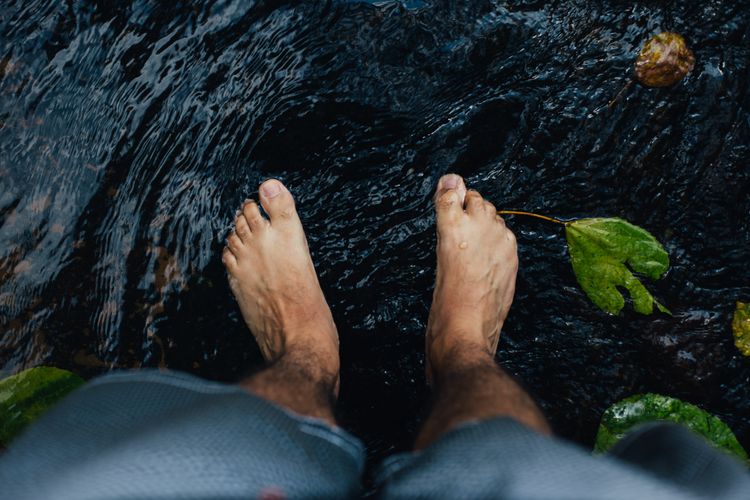
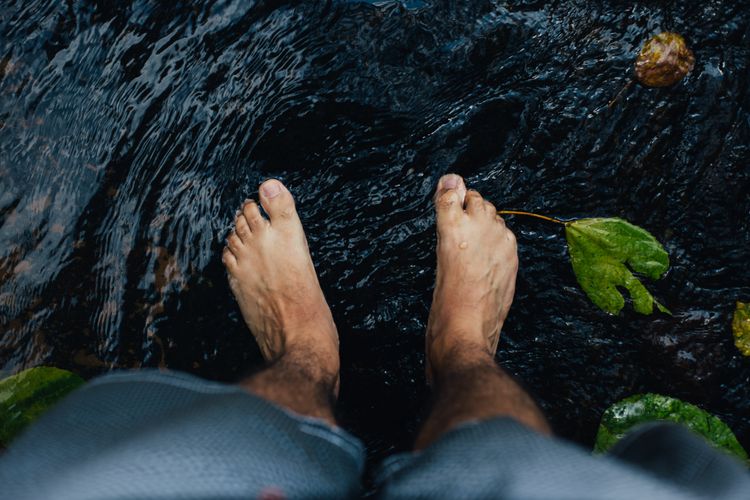
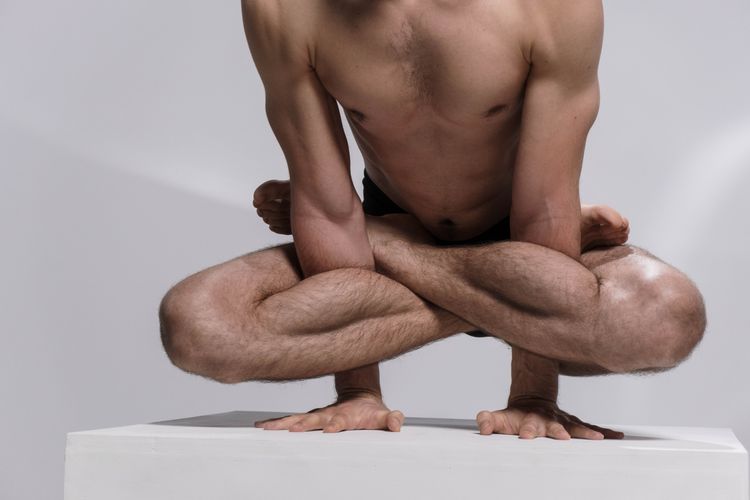
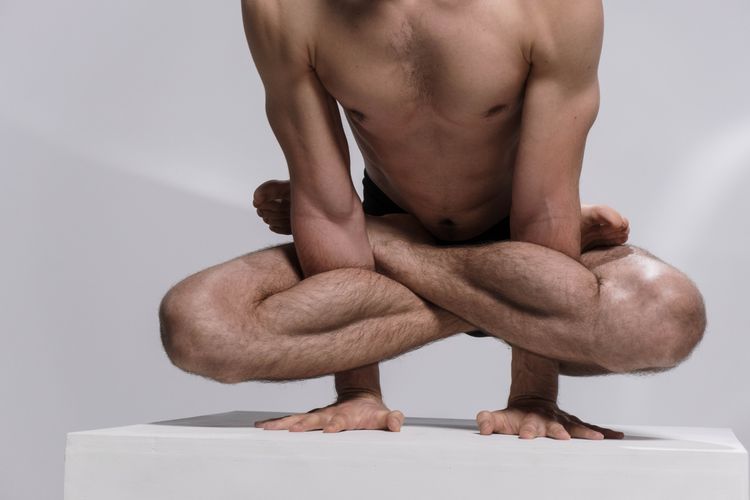

Comments
Want to leave a comment and discuss this with your fellow PTs? Join PT Crab and get summarized PT research in your inbox, every week.